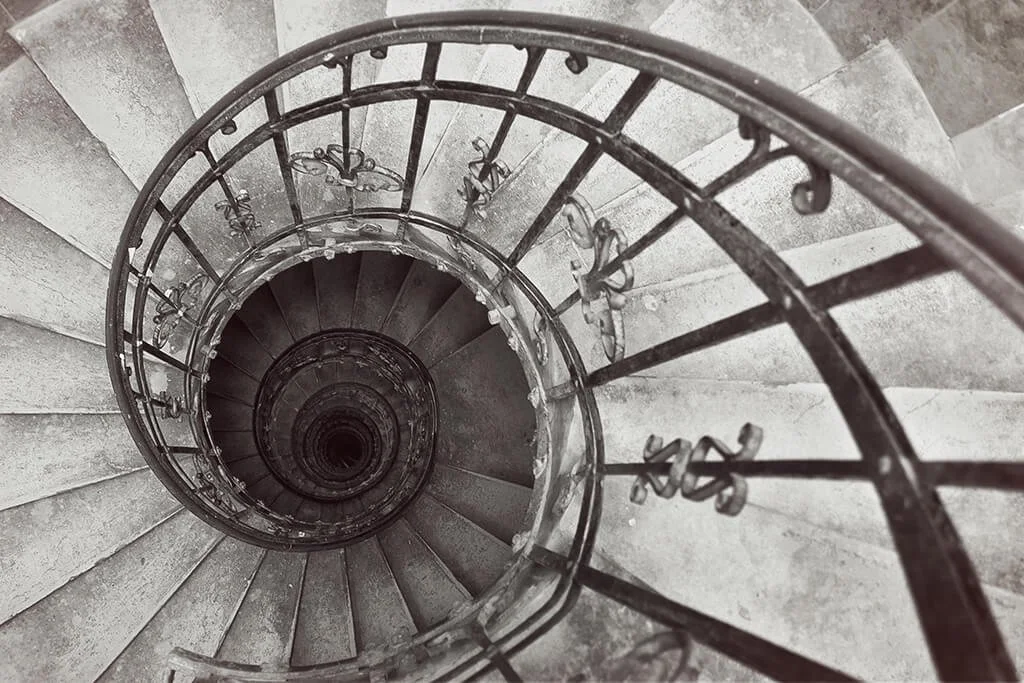Leading Lines in Photography: Guide the Viewer’s Eye Like a Pro
Welcome back to our Photography Composition Series. Hope you all had a nice Fourth of July weekend.I spent mine Arizona. I’ll tell you all about it soon. Last blog in the series, we explored the Rule of Thirds, a foundational technique for creating balanced and intentional images. This week, we’re diving into another essential concept: Leading Lines.
Whether you're shooting landscapes, architecture, portraits, or street photography, leading lines are a simple yet powerful way to create movement, depth, and storytelling in your photos.
What Are Leading Lines?
Leading lines are visual elements in a photo that draw the viewer's eye into the image, typically toward the main subject or through the scene. These lines can be natural, like rivers or tree branches, or man-made, like roads, fences, bridges, walls, or even light and shadow.
The key idea is direction — you’re not just showing something, you’re guiding the viewer through the image with intention.
Why Leading Lines Matter
The human eye naturally follows lines. When used well, leading lines:
Add depth and dimension
Emphasize your subject
Make your photo feel more immersive and dynamic
Encourage the viewer to “travel” through the frame
Leading lines don’t just decorate a photo — they direct attention and tell a visual story.
Types of Leading Lines
Here are a few types to look for when composing a shot:
1. Horizontal Lines
Create a sense of peace and stability. Think of ocean horizons, railings, or layers in a landscape.
2. Vertical Lines
Communicate strength, structure, and growth — often found in architecture or trees.
3. Diagonal Lines
Add energy, tension, and motion. Roads or shadows at an angle make great examples.
4. Curved Lines
More subtle and elegant, they create a sense of flow or mystery. Paths, rivers, or winding roads lead viewers through the scene gradually.
5. Converging Lines
When two or more lines come together (like train tracks or a street perspective), they create strong visual pull and often lead straight to the subject.
How to Use Leading Lines in Your Photos
1. Scout Your Location
Before you shoot, walk around and look for natural or structural lines that can lead the eye.
2. Choose Your Angle
Sometimes all it takes is kneeling, climbing, or shifting a few steps to position a line perfectly in the frame.
3. Combine with Other Techniques
Use leading lines with the Rule of Thirds for even stronger compositions. For example, lead into the bottom third of your image where your subject is placed.
4. Control the Viewer’s Journey
Lines don’t always have to point at a subject. They can create paths through a scene or give your image rhythm and flow.
Real-Life Example
Imagine a portrait shoot on a downtown street. Instead of a plain backdrop, you align the model between buildings with a crosswalk or row of streetlights drawing inward. Now the viewer’s eye is led straight to your subject, adding both context and intention to the image.
Practice Tip
Spend a day shooting only with leading lines in mind. Look down alleys, along fences, through trails or bridges. It’s an exercise that will sharpen your eye and change the way you see everyday environments.
Final Thoughts
Leading lines are everywhere — once you start noticing them, you can’t unsee them. This simple technique turns passive photos into active compositions, creating stronger storytelling and emotional engagement. Add this to your composition toolkit, and you’ll start seeing your images come alive with movement and purpose.
📸 Coming Up Next: Framing – How to Use the Environment to Highlight Your Subject
Get ready for a new way to control focus and attention in your shots.




